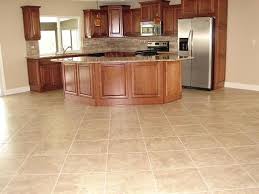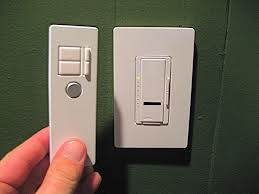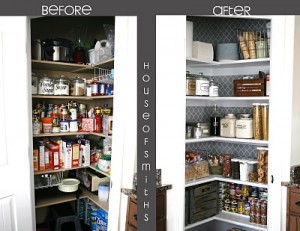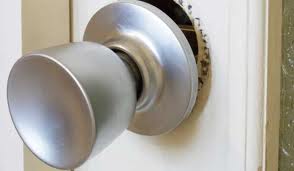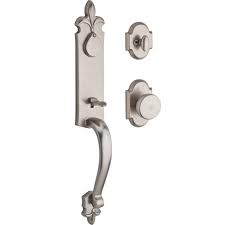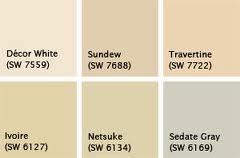Sitting in the family room watching a movie you hear: Step, squeak, step, squeak, the cabinets or fridge open and your favorite snack is gone. You turn on the light and catch the thief in action, ha I caught you. So even though your squeaky floors provide an alarm system to alert you of the midnight munchers, your potential buyers may not appreciate the squeaking floors all that much at first, and thereby perceiving your lose 10 lbs. a week preemptive alarm system to be more of a deterrent then a good thing. I guess they just don’t know – huh.
Having painted, refinished or updated your kitchen cabinets you might wonder: “Will changing the floors be that important?” The answer is yes! Although you may think that people can look past the floors to marvel at the beautiful kitchen with the dark cherry maple cabinets, you must remember that the floors like walls and ceilings cover a large surface that will not escape the buyer’s eye or ears J.

The material of your floors can determine the amount of work you will need.
Slate, stone or hardwood: You’re in luck, these natural materials, can be easily and rather quickly refinished, polished, re-stained and will look like new or better for a fraction of the price of a new install. Experience is key, this is one of those things that knowing what to do is extremely important and therefore you should hire professional – don’t penny pinch here – it could be the difference between getting it done right or doing it all over again.

Porcelain Tile: If it’s in good condition and doesn’t appear to be right out of a scene in Little Hours on the Prairie your good – usually a bucket of water, or one of those wet swiffers will do the job. However if your tile is cracked, dated or just doesn’t shout to the observer wow or at least hi, it’s gotta go.
Well you have several options, non are great, but focus on the end result – you’ll have a kitchen that you will be proud to show and potential buyers will be wowed by your opulent taste in flooring material.
Option 1: Replacement of flooring:
- You may opt to replace the tile with new tile, or stone, either way you will need to remove the old tile, and install new flooring material. This will be a bit pricy and messy, however the outcome will be perfect if working with the right contractor.

- If your floor height permits you can go ahead and install new flooring material right on top of the tile. This will not only be much more cost effective but faster and much, much less messy. In this situation you must measure all floor heights, door heights ( from floor ), and connection with other floor material such as carpet. This will give you an idea of what type of flooring material and thickness you could install. Hardwood could be anywhere from ¼ “ to 1” thick, floor tile could be ¼” – ¾ “ thick, linoleum or vinyl will most likely be the best bet if the height is minimal since most linoleum is 1/16th “ thick or less.
Choosing the material for the flooring is very important; you may want to use something similar to the adjacent room. For example if you have wood or laminate you can continue that into the kitchen. The floor will seem larger and the living space more open. Adding an area rug is not a bad idea, it will create dimension and comfort.
Remember that although no one is really going to look behind the fridge or stove it is still important to make sure that the flooring comes right up to the wall. Many contractors will skimp out and cut corners buy not moving appliances and putting new flooring in front of them but not under them. Why is this important, well because you never know if a pesky home inspector may just pull out the fridge and say, hey your flooring material doesn’t match or is missing and now your left saying, ahhh, yeh, I’ll take care of that, don’t worry, or something like that. The problem is now the potential buyer has created a perception of you and your house and will be much more diligent in checking all the nooks and crannies, wondering what else was not done right. Well the moral of the story is, don’t be that guy and hire the right contractor, not the cheapest contractor to do the job.
